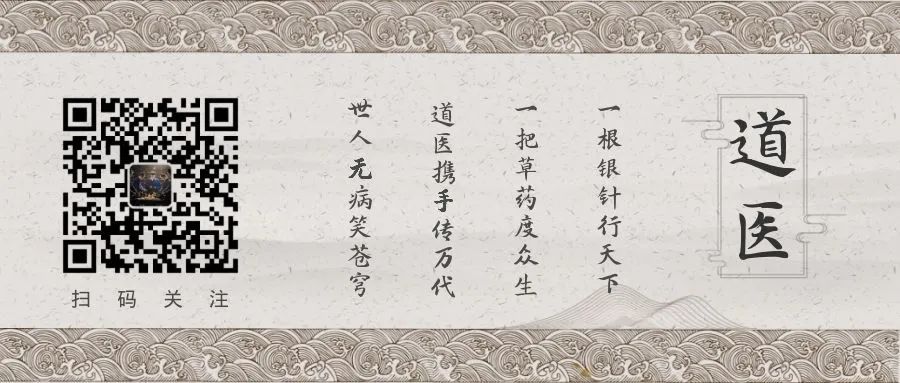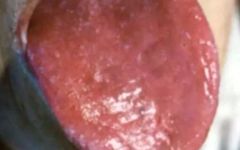

The observation of the tongue is an important aspect of diagnosis in TCM, distinct from pulse diagnosis, and can be assessed at a glance.
The tongue observation can be divided into tongue quality, tongue shape, and tongue coating.
Textbooks and clinical literature detail the observation of the tongue extensively; here, we will focus on several special tongue appearances.


1. Bright Red Tongue Quality


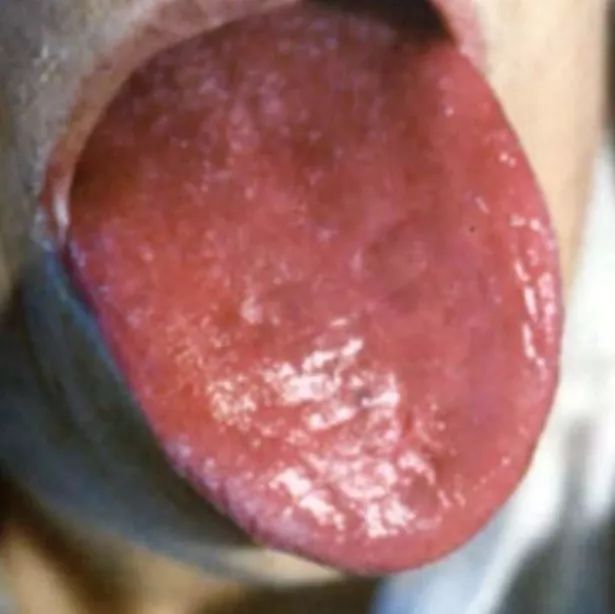
It resembles fresh pig liver with no coating; some are crimson, others are reddish-brown or dark red. This appearance often indicates the progression of a disease, typically seen in the late stages of chronic illnesses.
The author has observed this phenomenon in late-stage cancer patients, where the tongue starts bright red, then turns crimson, reddish-brown, and finally dark, indicating severe Yin deficiency.
There are exceptions, such as an elderly leader from a hospital (a veteran), who, at over 70 years old, exhibited a bright red tongue like fresh pig liver, with his oral cavity, gums, and lips also appearing bright red, resembling vermilion, and he only reported dry mouth.
After three years of observation, there was no change, possibly due to a unique constitution or latent malignant changes.


2. Pale and Dull Tongue Quality


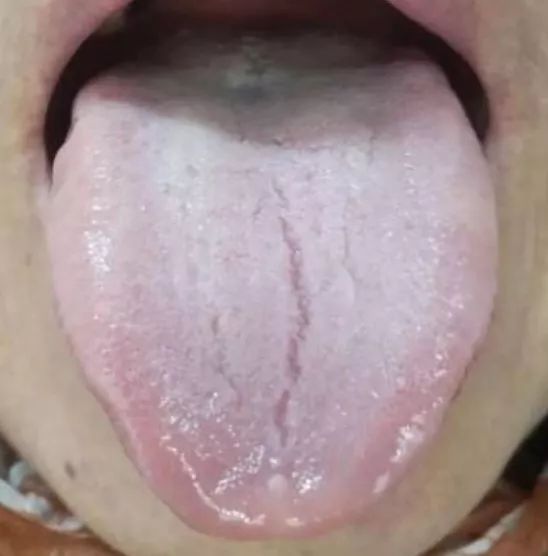
The tongue coating is white like accumulated powder, indicating a specific manifestation of Qi and Blood deficiency.
This is primarily due to Yang deficiency and Yin excess, where Yang fails to transform Qi, leading to a pale and dull complexion, with the tongue being the most evident, often seen in patients with chronic blood loss.


3. Tongue BodySwollen and Fat


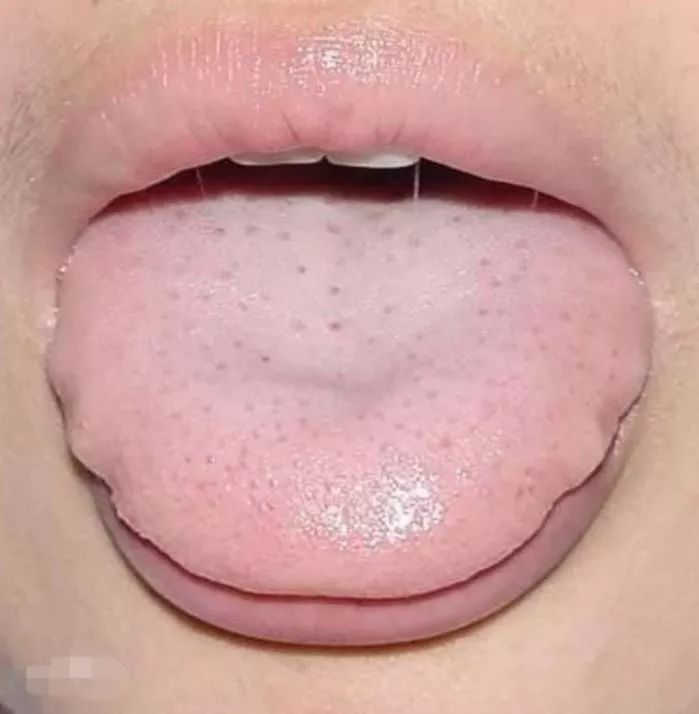
This can indicate two conditions:
One is in patients with edema, where the tongue may swell slightly and show teeth marks, but it should not be excessively large;
The other is inflammation of the tongue, which will definitely swell and be painful, possibly even ulcerated, making it easy to identify.


4. Thin, Dry, and Atrophied Tongue Body


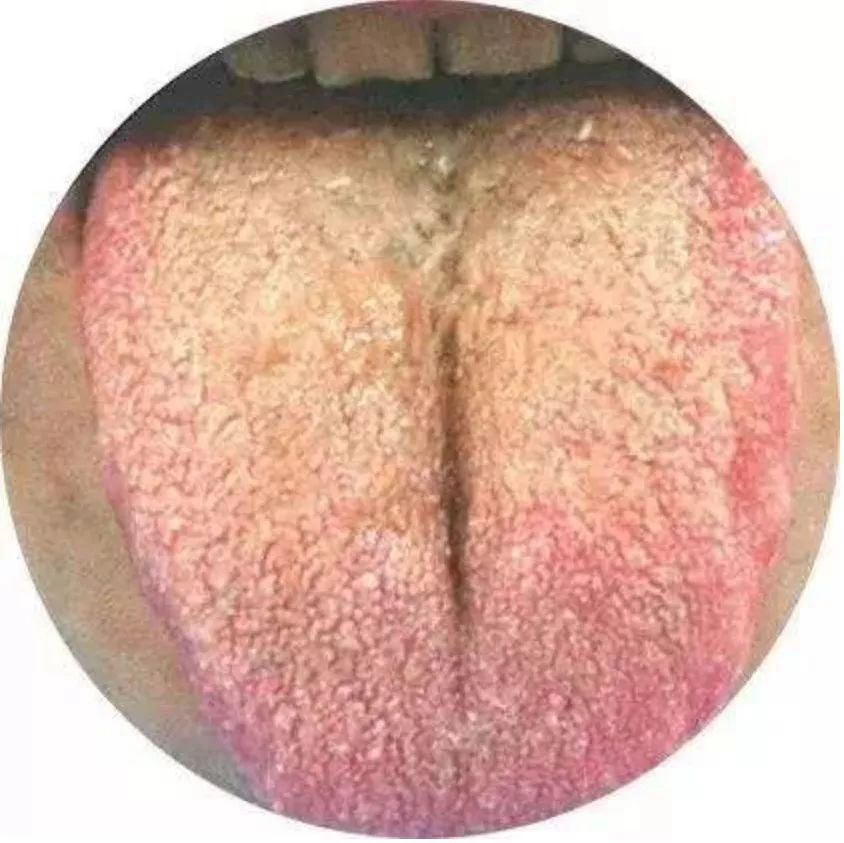
These are often caused by chronic, consumptive diseases, with the tongue coating typically being dry and yellow. The author has observed this phenomenon in late-stage diabetes and hyperthyroidism, where the tongue may also tremble.


5. Fissured Tongue


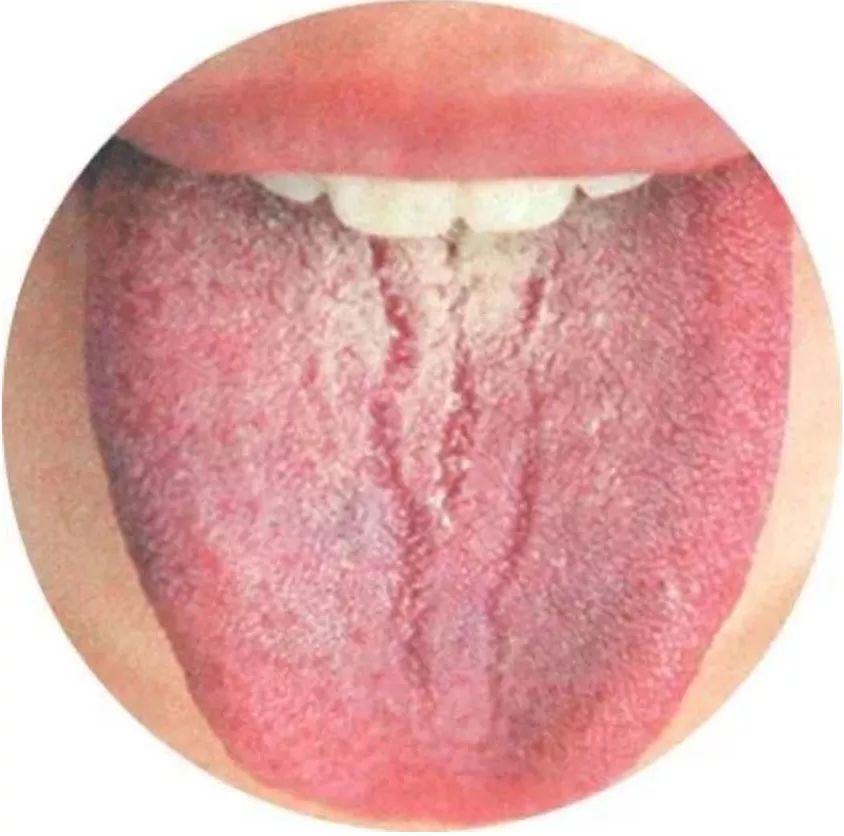
Clinically, this is not commonly found, but occasionally encountered, often caused by excessive internal heat due to Yin deficiency.
The quality is red, covered with dry and cracked coating, and some tongues may also be split, resembling a knife cut, with painful fissures that hurt when consuming spicy foods or drinking hot and cold water. This tongue type is often seen in patients after “radiotherapy” for tumors.
For instance, a woman named Wang exhibited a fissured tongue and was unable to eat, suffering greatly after meals. The author used Yin-nourishing, heart-clearing, and liver-draining herbs, resulting in slight improvement, but not a cure.
The tongue is the manifestation of the heart; heart diseases will inevitably reflect on the tongue.Moreover, the author believes that tongue ulcers and pain can reflect not only heart fire but also liver fire, kidney fire, lung fire, and spleen-stomach fire.


6. Yellow and Greasy Tongue


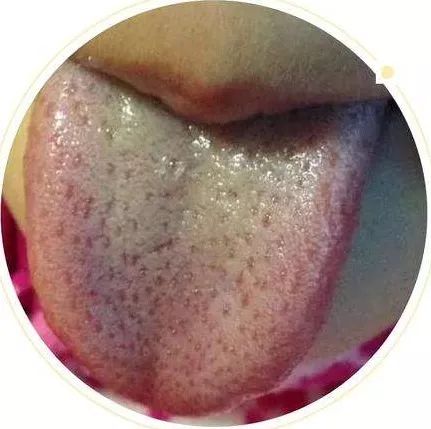
If it is between spring and summer, a yellow and greasy tongue coating undoubtedly indicates internal damp-heat.Symptoms include fever, sweating that does not subside, thirst without desire to drink, and treatment with Qingre Huashi (Clear Heat and Transform Dampness) decoction for 1-2 doses can lead to recovery.
Chronic cholecystitis and cholelithiasis due to liver and gallbladder damp-heat often present with yellow and greasy coating, which can easily subside after taking liver-soothing and gallbladder-draining herbs.
Another condition is emotional disorders due to liver qi stagnation and spleen deficiency, presenting with yellow and greasy coating, which is more challenging to treat.
For example, a male patient named Li, 56 years old, a teacher at an art theater, often felt depressed, had low spirits, frequently experienced insomnia, and had a poor appetite, with a yellow and greasy tongue coating. The diagnosis was liver qi stagnation obstructing the spleen, where liver qi transforms into fire, generating heat, and the spleen deficiency fails to transform dampness, leading to internal damp-heat.
He was treated with Xiao Yao San (Free and Easy Wanderer Powder) to soothe the liver and regulate the spleen, along with verbal guidance, and the patient practiced Qigong and self-exercise.
After 2-3 years of treatment, his emotional state gradually improved, spirits lifted, sleep and appetite slowly returned to normal, and the yellow and greasy coating disappeared over time.
The content of this article is for clinical reference only; non-TCM professionals should not attempt to self-medicate.
Note: The images and text are sourced from the internet, and copyright and original publication rights remain with the author. Please contact us for removal in case of infringement.
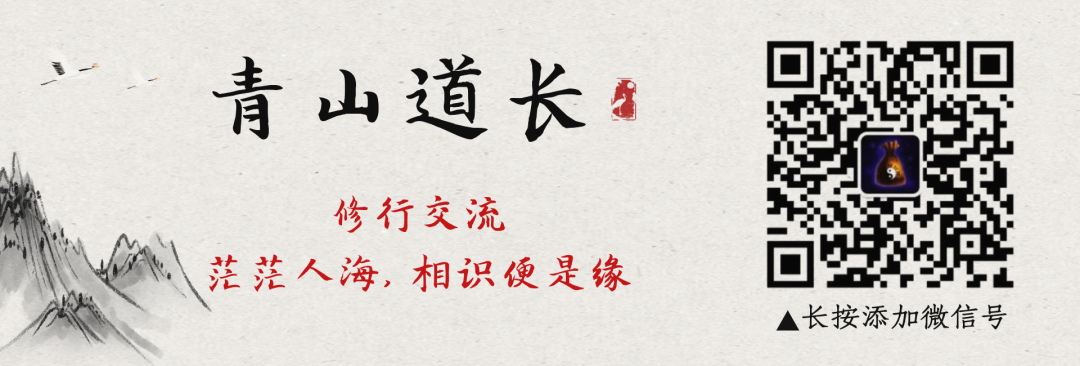
Previous Recommendations ●●
// 1
|Ancestors discovered: There is a mysterious “life code” on the feet that can treat all diseases!
// 2
|Daoist Medicine: To live healthily and long, the secret lies in these “two thousand words”, comparable to the Tao Te Ching’s 5000 words!
// 3
|The first thing to do after getting up in the morning is not to defecate or drink water; knowing early brings benefits.
// 4
|It’s that powerful! Here, tapping 50 times daily reduces gray hair, slim thighs, and gradually eliminates edema and toxins!
// 5
|Sudden death is 90% due to “this place” being blocked!
// 6
|Daoist Medicine: Acupoints are like Chinese medicine, meridians are like pharmacies! Doctors are yourself!
Click below 👇[ Daoist Health Preservation ]to follow us
Daoist learning and communication, the highest medicine governs the country, the Dao travels the world
Wishing like-minded individuals to exchange and learn Daoist medicine together.

